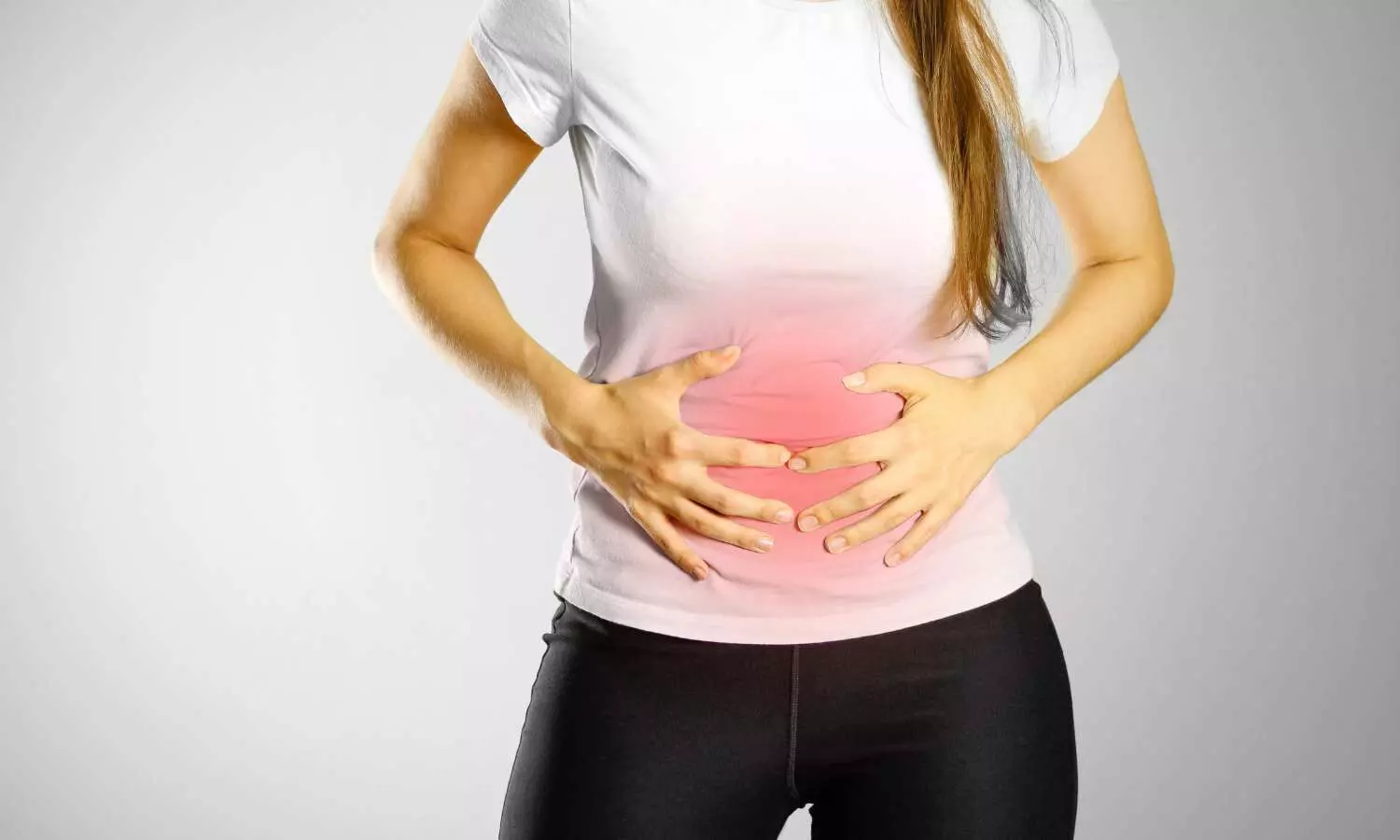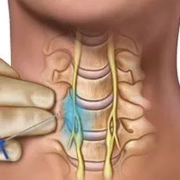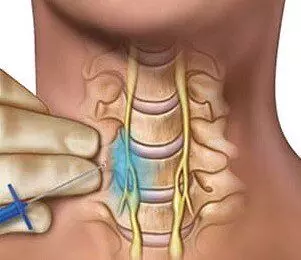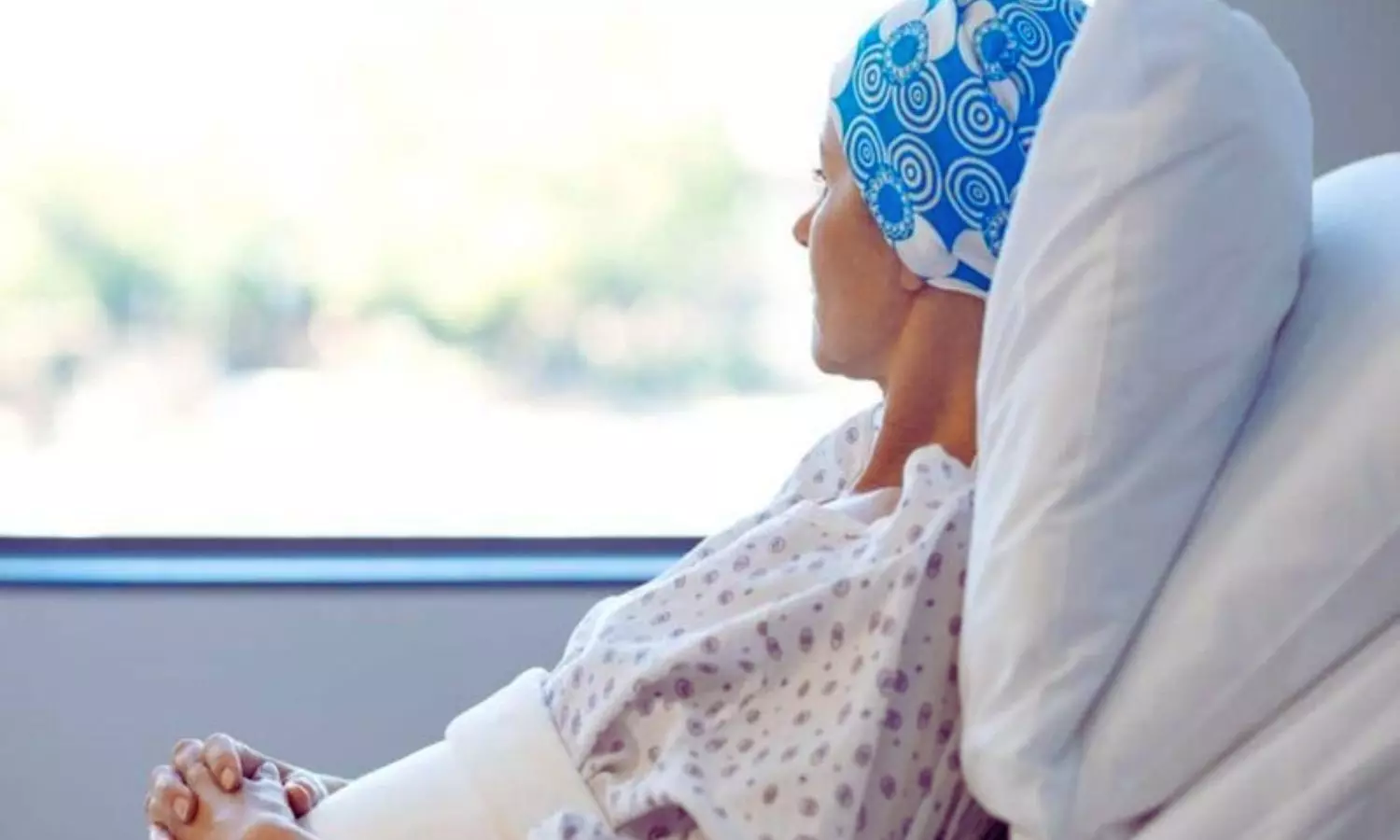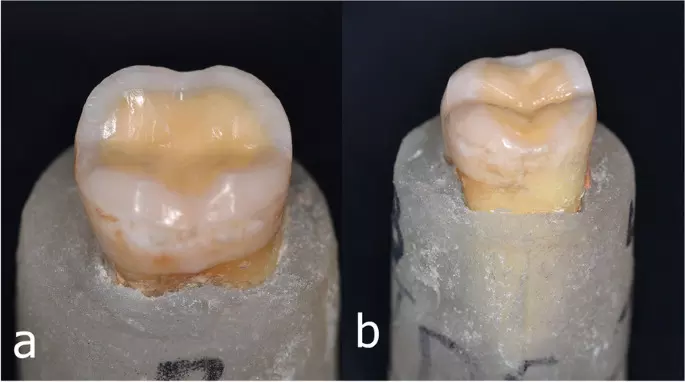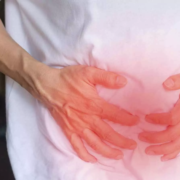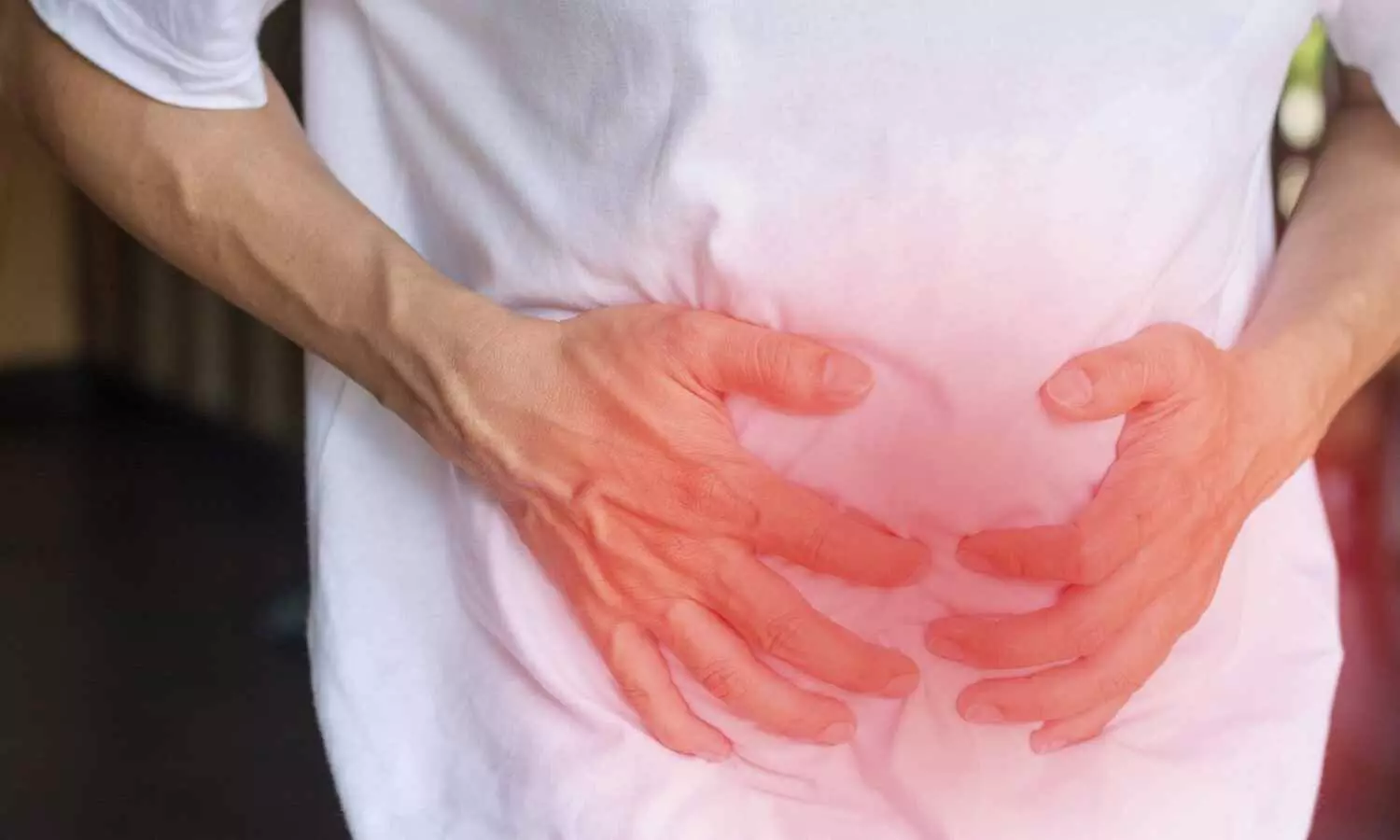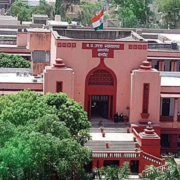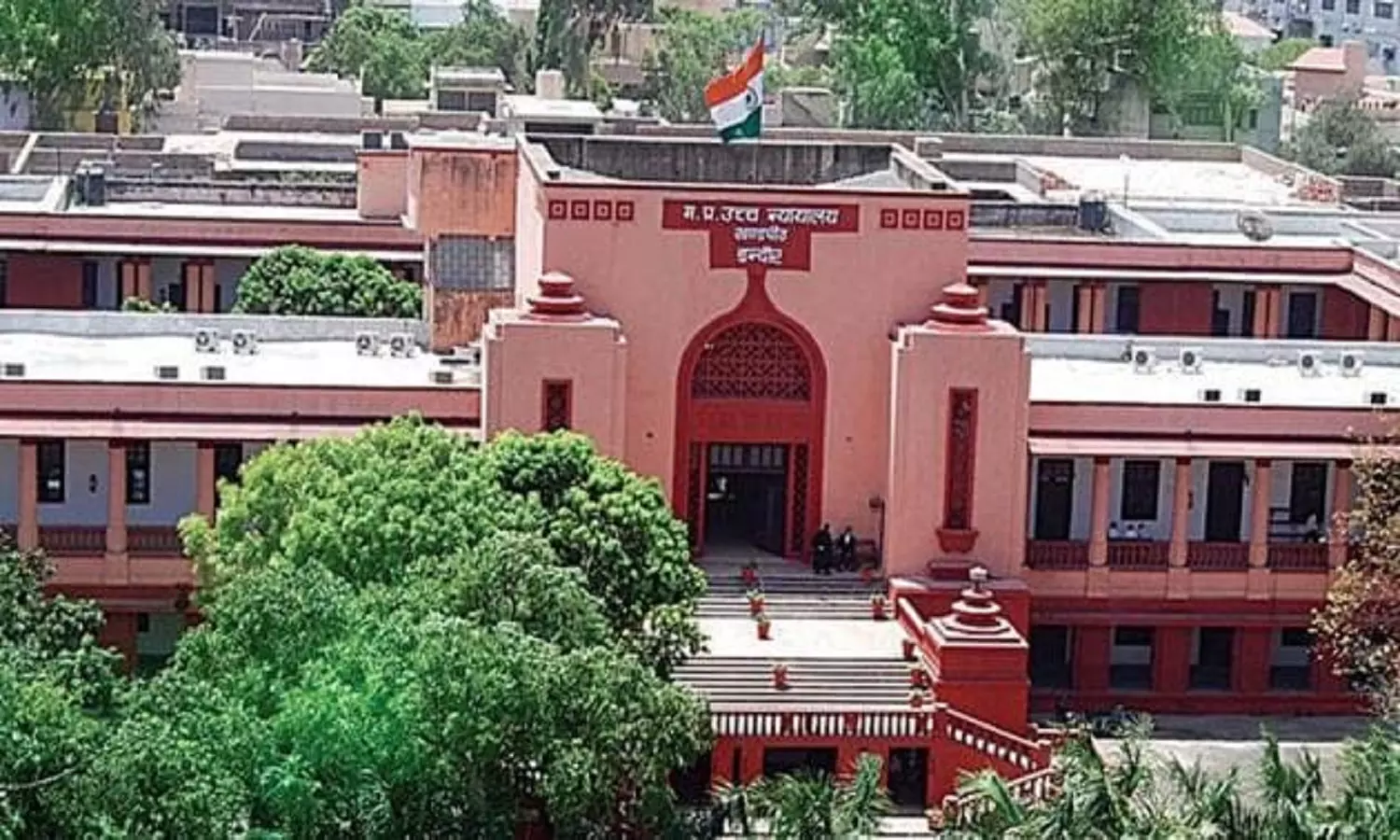
Indore: The National Testing Agency (NTA) has submitted that the one-hour power outage during the National Eligibility-Entrance Test Undergraduate (NEET-UG) 2025 examination at the examination centres in Indore did not affect the performance of the candidates, who had approached the Madhya Pradesh High Court seeking relief.
Filing pleas before the HC bench, medical aspirants alleged that the power outage at the NEET exam centres across Indore affected their performance, and they had to complete their NEET UG 2025 exam using emergency lamps or candles.
However, during the hearing of the case on Monday (June 23), the counsel for NTA presented before the Court a report drafted by an independent committee, which showed that despite the one-hour power outage at the 18 affected centers, the candidates had sufficient natural light to complete the exam.
Solicitor General Tushar Mehta, who represented the NTA, informed the HC bench, “If there had truly been insufficient lighting, the first indication would have been a significantly lower number of attempted questions. The broader outcome would not have reflected such high performance, yet, 11 candidates from the concerned centres have scored over 600 out of 720 marks.”
The HC bench comprising Justice Subodh Abhayankar has now listed the pleas for further hearing on June 30, 2025.
Also Read: Power Outage disrupted NEET 2025- MP HC Stays Result Declaration for Complainant Candidates
NEET UG examination, which was held on May 4 this year, is the gateway for medical aspirants to get admitted to undergraduate medical courses across the country. However, this year, on the day of the exam, several exam centres in Indore faced a power outage because of the weather conditions.
Around 27,000 students appeared for the NEET UG exam in 2025 in Indore, for which 49 centres were set up. Earlier, in its reply submitted before the HC bench, NTA had clarified that the NEET exam was disrupted at 18 centres in Indore and 6 centres in Ujjain, affecting more than 2,000 students in total. Medical Dialogues had earlier reported that more than 60 petitions had been filed from Indore and Ujjain in connection with this issue.
In one of the pleas, the petitioner alleged purported mismanagement and lack of power backup for around 1 to 2 hours while organising NEET exam at some of the centres in Indore. The petitioner alleged that the exam was conducted at various centres across the country and abroad on May 4 from 2 PM to 5 PM. Further, the petitioner stated that the Meteorological Department had issued a red alert and an advisory on 03.05.2025 highlighting chances of severe thunderstorm and gusty winds along with rainfall.
The petitioner had further submitted that despite the red alert, the authorities failed making proper arrangements for a power backup and due to this, the candidates had to face complete mismanagement for 1 to 2 hours because of which students at the centres were forced to write their exam in the poorly lit areas. This caused extreme stress to them, alleged the petition.
On the other hand, NTA in its affidavit dated 19.05.2025 stated that field reports obtained from the City Coordinator, Center Supervisor and Observers as well as report from the District Collector, Indore suggested that there was no obstruction in proper completion of exam. However, as a measure of abundant caution a response analysis of the questions attempted by the candidates on their respective OMR Answer sheets has been carried out by a team of Statistical Experts engaged by NTA. According to NTA, this body said that the Committee carried out a detailed statistical analysis and according to NTA findings of Committee suggests that there was no major deviation amongst the centres which are purportedly affected due to the weather and the centres which were unaffected.
Medical Dialogues had earlier reported that while considering these pleas, the Madhya Pradesh HC had previously stayed the publication of NEET-UG exam results at 11 centres in Indore, which had faced the power outage during the exam on May 4, 2025. Even though at first the HC bench had stayed the NEET UG results for the entire country, later it modified the order after noting that the problem of power outage was limited to 11 centres only.
Earlier this month, again modifying its earlier order, the Madhya Pradesh High Court clarified that the stay imposed on the declaration of NEET results for candidates affected by the power outage would be limited to only those who filed petitions before the Court. Therefore, the Court granted liberty to the National Testing Agency (NTA) to declare the results of all other candidates except the petitioners.
As per the latest media report by Live Law, during the hearing of the case on Monday (June 23), Solicitor General Tushar Mehtra informed the Court that NEET exam was conducted at 5,466 centres across India, including 49 centres in Indore. Among these, 18 centres reportedly faced power outages. He informed the bench that while around 22.9 lakh candidates appeared in the exam, only 27,064 were from Indore and only 75 candidates from the city had approached the Court and it remained uncertain which centres these candidates had attended.
Proposing a non-adversarial approach, the SG highlighted that a committee of three independent experts had been constituted to examine the issue. Referring to the committee’s report, he pointed out that 11 candidates from Indore had scored more than 600 marks- placing them among the 1,300 top scorers nationwide.
He further claimed that the data showed consistency in the average number of questions attempted across Indore centres, whether or not they experienced power outages. The average ranged between 119 and 127 questions out of 170, indicating that performance was not materially affected.
On the other hand, the counsel for the petitioners argued that the district administration had failed to ensure basic power backup arrangements at the exam centres. Therefore, he claimed that more than 100 petitioners were now before the Court from 24 centres in Indore and six more students were from two centres in Ujjain. According to the petitioners, the examination observer acknowledged that a power failure occurred and reported that visibility had dropped significantly from 4 to 1.
The petitioners also questioned the impartiality of the committee as it had been formed by NTA itself, the body responsible for conducting the NEET UG exam.
Meanwhile, addressing the petitioners’ concerns regarding the impartiality of the committee, SG Mehta clarified that independent experts were part of the committee and they were not affiliated with the NTA.
SG Mehta also submitted a report detailing the power conditions at 49 exam centres in Indore. The report highlighted that there was either adequate natural light or a DG backup to ensure the smooth conduct of the examination. The SG submitted that while the power was disrupted at 18 centres for one hour, sufficient natural light was reportedly available to allow candidates to continue writing the exam without interruption.
The NTA’s counsel also read the conclusion of the report, stating, “With 99% confidence, there is no evidence to suggest that the power outage at the centres had any significant adverse effect on candidates’ performance as measured by the number of questions attempted. Then there is no significant difference between candidates who appeared at the affected and non-affected centres in Indore and neighbouring cities.”
Referring to this, he argued, “If the petitioners’ prayer (for reconducting the exam) is granted, it would raise the issue of differential difficulty levels across question papers and it would force about 27,000 candidates who will be sitting in the exam centre without their consent.”
Arguing that the pleas stemmed largely from apprehensions and a natural desire among candidates to have performed better, SH Mehta submitted before the Court, “Many of the candidates from the concerned centres have scored very good marks. But out of just fear, which every student would have and with the wish that they could do better, they are before the court.”
However, he also emphasized that the interests of the remaining 27,000 candidates from Indore must also be considered.
At this outset, the Court sought to know if there was any case where a number of candidates or a limited number of candidates were allowed to re-appear in an examination.
After taking instructions, SG Mehta informed the bench that last year there were some questions with 2 correct answers, so, based on the NTA’s report, the Supreme Court had directed the affected candidates to re-appear in the examination.
Questioning the facts submitted by SG Mehta, the counsel for the petitioners pointed out that no verifiable evidence was presented by the NTA, including a lack of CCTV footage. He argued that the statistical data was just showing the number of questions attempted.
Therefore, the petitioners’ counsel asked, “But how will we record the fear and anxiety of the candidates facing such power outages?”
When the counsel argued that NTA denied access to CCTV footage, SG Mehta argued, “There is no dispute that there was a power outage; this is an accepted fact. But the question is, did the power outage impact the candidates?”
In response, the counsel for the petitioners argued, “it is not that every student has to give the examination, there must be an option.”
However, SG Mehta opposed this submission, contending that it would lead to ‘unlevelled playing field’.
The matter has now been listed for a further hearing on June 30, 2025.
Also Read: Power Outage Disrupts NEET 2025 in Indore, HC stays results for 11 Exam Centres




